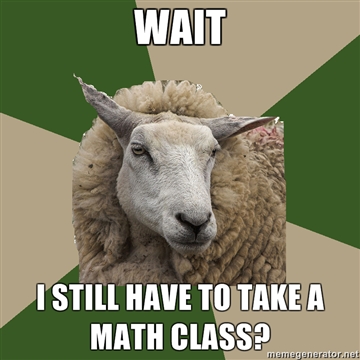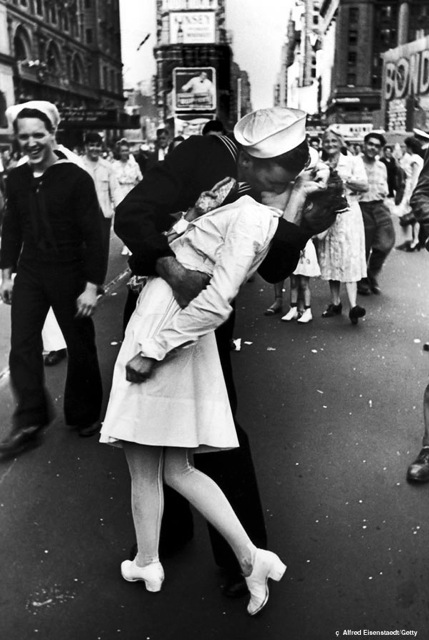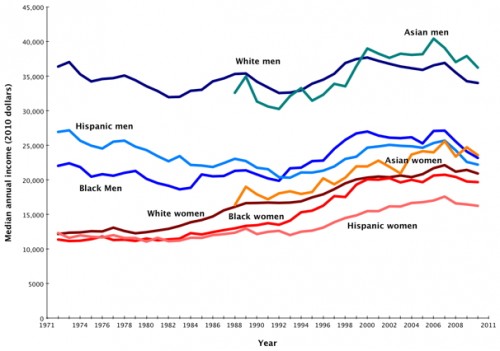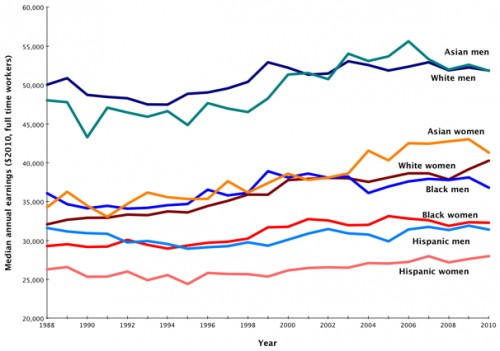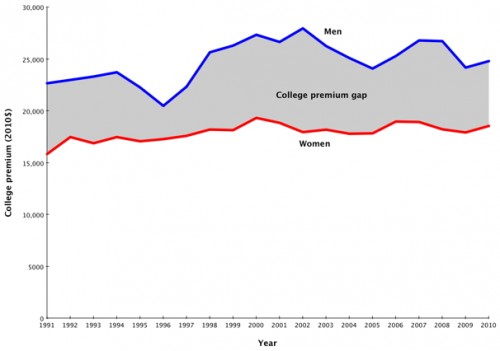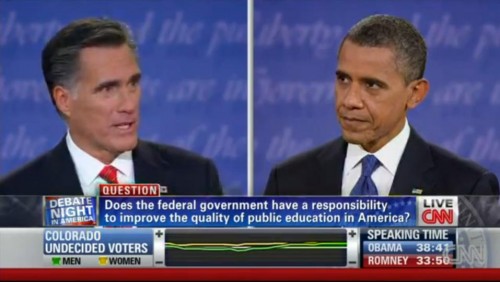Cross-posted at Montclair SocioBlog.
The crucial moment in “Beasts of the Southern Wild,” for me at least, was the sight of Hushpuppy in a new purple dress. Hushpuppy, a seven-year-old girl is the central figure in the film, and up until that point we have seen her, dressed in the same clothes every day, living in The Bathtub, a bayou area south of a fantastical New Orleans-inspired city, on the unprotected side of the levee.**
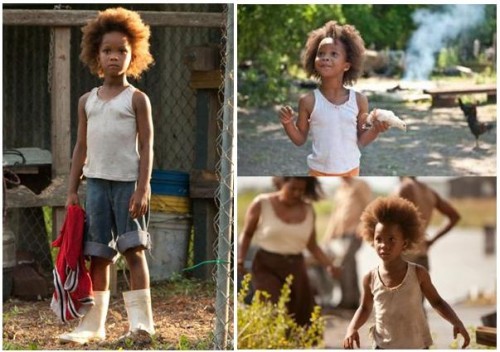
Life in The Bathtub is harsh. The people there (“misfits, drunks and swamp-dwellers” — Washington Post) live in shacks cobbled together from scrap metal and wood. They fish from boats that are similarly improvised. They scavenge. The children’s education comes from the idiosyncratic stories of one woman.
They are wild people living among wild things, unconstrained by laws or walls, reliant on ancient prophecies and herbal cures, at home with the water that may overwhelm them at any moment. — New York Review

 After a Katrina-like flood, the authorities force the evacuation of The Bathtub. Hushpuppy and the others are housed in a shelter – a large, brightly-lit room (a high school gym?) – and given new clothes. This is when we see Hushpuppy in her new purple dress heading out the door, presumably to a real school.
After a Katrina-like flood, the authorities force the evacuation of The Bathtub. Hushpuppy and the others are housed in a shelter – a large, brightly-lit room (a high school gym?) – and given new clothes. This is when we see Hushpuppy in her new purple dress heading out the door, presumably to a real school.
No, no, no, I thought. This is all wrong. This is not her. She belongs back in The Bathtub, for despite its rough conditions, the people there are a real and caring community. Her father loves her and prepares her for life there. The people there all love her and care for her, as they care, as best they can, for one another.
That was the voice of cultural relativism telling me to look at a society on its own terms, with understanding and sympathy.
At the same time, though, the voice of ethnocentrism was whispering in my other ear. This is America, it said. These conditions are the things you deplore and want to improve — lack of decent health care, education, clothing, shelter, and basic safety. (In an early scene, Hushpuppy tries to light her stove with a blowtorch, nearly incinerating her shack and herself.) It’s wrong that people in America live like this.
It was not much of a contest. Cultural relativism won.
In turning the audience into cultural relativists, the movie plays on old themes in American culture. We’ve always had our suspicions of civilization and refinement, and we’ve had a romantic attachment to the unrefined and rugged. In “Beasts,” the shelter — sterile, impersonal, and bureaucratic — is contrasted with The Bathtub — rough-hewn, but an authentic community nonetheless.
Then there is Hushpuppy. I’ve commented before (here, for example) that children in American films are often wiser, more resourceful, and more honest than the adults, especially those who would try to change them. Add Hushpuppy to the list.*
In the end, the audience seemed relieved when she and the others make their escape. We don’t want Huck to be civilized by Aunt Sally. And we do want Hushpuppy to light out for the territory of The Bathtub.

———————
* I should add that much of the credit for convincing the audience goes to the unforgettable six-year-old actress who plays Hushpuppy.
** Images borrowed from dirty-mag, allmoviephoto, thevisualvamp, filmreviewonline, boscosgrindhouse, and tampabaytimes.






